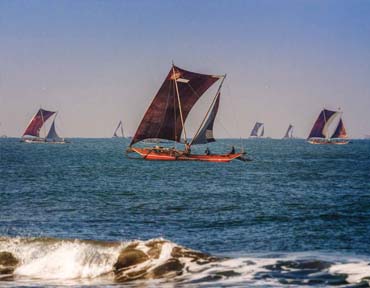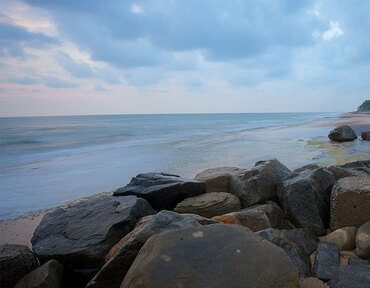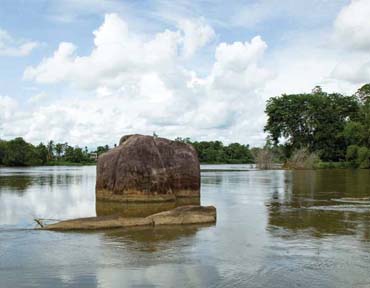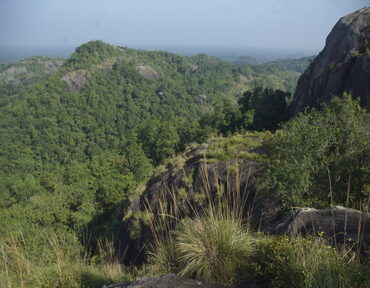


The fishermen who are based at the Negombo lagoon live rely mainly on their traditional knowledge of the seasons for their livelihood, using outrigger canoes carved out of tree trunks and nylon nets to bring in modest catches from September through April. Their boats are made in two forms – oruvas (a type of sailing canoe) and paruvas (a large, man-powered catamaran fitted with kurlon dividers). The men are regularly forced to head out to the ocean to fish, often losing money in the chartering process.

Nestle in the region of Negambo; the Thalahena Beach casts the most elegant atmosphere in a region where the fishing and fisheries are predominant solidarity for the locals to establish their livelihood. The thalahena beach is the beach where in such area reign supreme with its beauty, tranquility, space and the attractive offers including the very own seafood offerings from the locals hinting to the fact of Sri Lankan Hospitality. Due to many of reasons such as above, the thalahena beach became the paradise for accommodation offers who establish many successful businesses by the grace of the beach. Uniqueness * Tranquil and natural beautiful land * Spacious resting area and the best sea view at sunset.

This rock inscription known as the “Diyagama Inscription” is located about 5.5 kilometers above the Kalu Ganga river mouth in the ancient port of Diyagama. It was also known as the “Pelunu Gala‟ inscription, because the rock on which it was written has been split in the middle. This was first discovered in the late 19th century, by Ven Vaskaduwe Sri Subhuthi thero and, it gained attention of archeologists after Prof. Muller read and published his interpretation in 1883 in “Ancient Inscriptions In Ceylon’

Sri Lanka tourism destinations most of the time historically significant for locals and international visitors both alike, thus the Kodigahakanda Forest Reserve is historically an invaluable spreading across over 36 acres, dividing into three major lands. The most Uniqueness is the Flag Staff Mountains that is the name derived from, standing for its strategic location in observing the most crucial standpoints of Sinhalese history. Apart from that, the historical evidence proves that the nearby area used to host the foreign delegations of different dynasties including royals. Uniqueness * Sinhalese strategic stronghold historically * Natural forest reserve